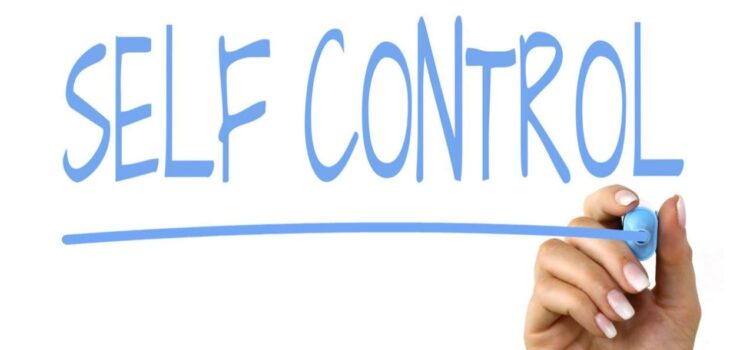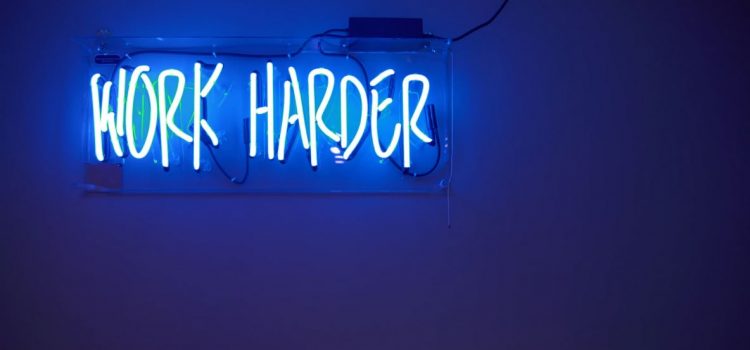Do you give in to distractions easily? What are ways to control your impulses? It can be hard to practice impulse control when there are so many distractions around you. From your phone to video games, there are so many better things you’d rather be doing than work. Here’s how to control impulses that cause you to procrastinate.
How to Control Impulses: 2 Techniques for Self-Discipline










